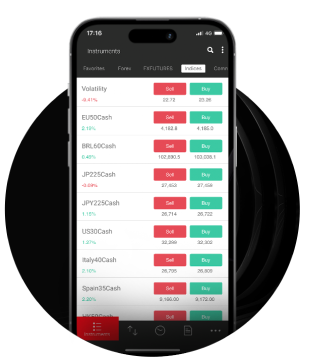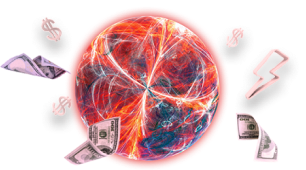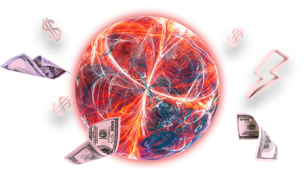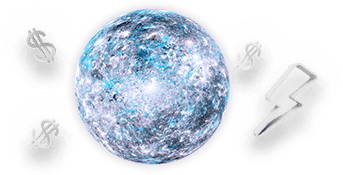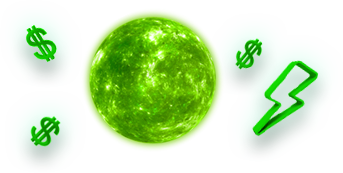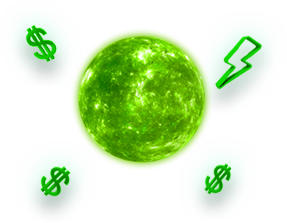Few choices in trading are as important as choosing a platform that suits you. That may sound like an overstatement, but when you think about it, your broker and platform are the only two things that put hard limits on you.
If a trader’s strategy isn’t working out, you may try to expand your skillset through education, choose a different asset, or modify the strategy to better suit the conditions you’re trading in. However, if a feature is simply lacking from your platform, there’s very little that you can do.
Some platforms offer the ability to create custom features, but this is way beyond the skillset of most traders. Even then, there are limitations, and the platform may simply be unable to provide you with what you need.
So, for better or worse, platforms put traders in a box. Traders, on the other hand, need to make sure that the box has everything they need. This article is devoted to learning how to choose the right platform and what it is that traders often look for.
The “Right” Trading Platform
When people start searching for a trading Platform, their instinctual move may be to look for a platform that’s the “best” or most technologically advanced. Due to a multitude of factors in the trading world, that simply doesn’t work.
First off, not all brokerages offer all platforms. As such, traders need to balance their brokerage choice with the platforms they provide. Of course, you can always pick a platform first and then search for a broker that offers it, but that may lead to you needing to settle for subpar trading conditions to get the “best” platform. In other words, how widely a platform is adopted in the brokerage world holds some importance.
Next is the fact that there is no such thing as a best platform. There are many options, spanning from the well-known MetaTraders to contenders like cTrader, to more fringe options like custom platforms, and each has at least some advantage over the others. Either the execution is a bit quicker, or the navigation is simpler, or the tools are more numerous, but there’s always something.
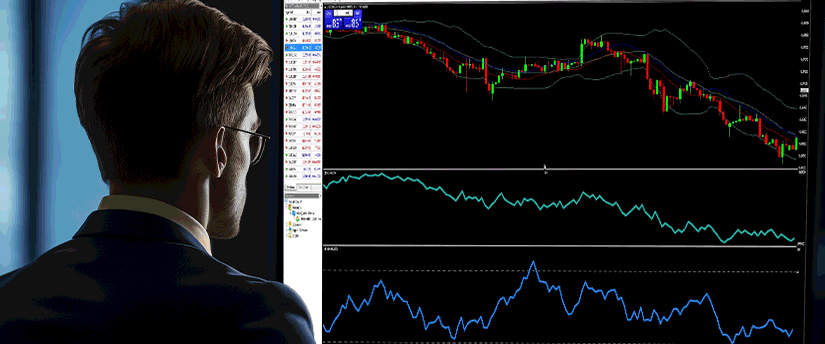
And finally, even if this theoretical best platform did exist, there’s no guarantee it’d be the best platform for you. Trading is highly personal, so tactics and the tools they require vary from trader to trader.
Let’s say this best platform had thousands of indicators, complex features for algo trading and backtesting, DoM, supported hedging and netting, etc. But if you’re a trader who has a simple routine that, for instance, consists of looking at a few charts, predicting where they’ll move, and placing your trades, you may find all these features excessive. However, they may make it harder to navigate the platform, or they may overload your device.
Finding the Best Trading Platform for You
So how do you go about finding the best platform for your own trading style? It’s simple: you consider what you actually use in your day-to-day routine.
For instance, scalpers are heavy on technicals. They need indicators that can quickly tell them what’s going on and what may happen next. On top of that, they open and close trades quickly, which requires low latency. They often target exact pips, so slippage can significantly dent their performance.
On top of that, they also need a lightweight platform that handles well. They rapidly switch assets, charts, and generally have a lot of interface actions. They need this to flow smoothly as a part of their continued effort to make everything faster and more efficient. If a platform doesn’t run well, or their device can’t handle it, that can put a significant hamper on the overall trading process.
In other words, they wouldn’t care much about algo trading features, complex custom tool capabilities, or in-depth technical analysis. They’d likely much prefer a platform that simply felt fast, had access to a wide variety of assets, and let them navigate without frustration.
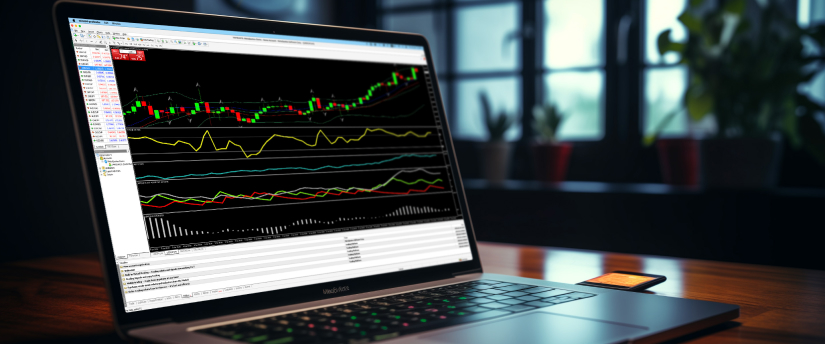
Likewise, it’s important for other types of traders to discern what they really need. An algo trader, for instance, may go with MT5 for EA variety, backtesting, and complex algorithmic features. A position trader may choose MT4 with an add-on like Trading Central to go as deep as they can with their analysis.
The Effect of Frustration in Trading
Just a second ago, we mentioned frustration. In truth, frustration plays a large part in trading, and as such, should be taken into account when choosing a platform.
Let’s face it: using a clunky platform is infuriating. Tech has been evolving to be simpler, more intuitive, and more user-friendly. As such, when we run into something that runs poorly, has confusing navigation, or is simply slow, it sticks out like a sore thumb.
This creates frustration. In turn, you become less patient the longer your trading session goes on, and thus, more prone to emotional trading. Even if you manage to keep your cool, over time, using a frustrating platform can lead to burnout and decreased motivation.
So, it’s important for traders to choose a platform that not only provides the functions they need but feels good to use. This may just feel like the most impactful thing you can do, since it may take you from feeling exhausted whenever you trade to feeling relaxed and comfortable.
What About Beginners?
Beginners who don’t have cemented trading styles yet may find it difficult to narrow down their platform search. However, for them, the best course of action is likely to simply go with a cookie-cutter option.
That means a widely used platform with varied features that can serve as a good baseline for learning other trading software. MetaTrader 4 comes to mind naturally, as the most broadly adopted forex and CFD platform.
It has at least limited support for all trading styles, so traders can use it as a temporary tool until they become more specialised (and they can keep using it if they don’t end up requiring more niche tools).
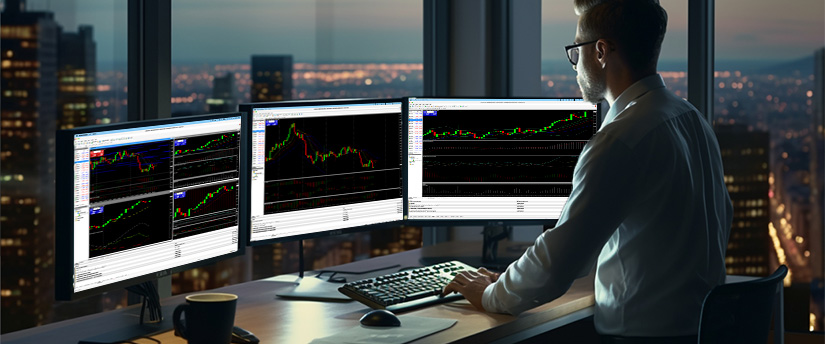
Which Platform to Choose?
As we wrap this article up, some traders may still be lost on what the exact platform is that could make markets click for them. And while the number of variables for each trader is too high for us to answer that question directly, we can still help.
To wrap this article up, we’ve come up with a cheat sheet for some of the most prominent trading platforms and tools. This will make it easier to take your research in the right direction and figure out what works for you.
- MetaTrader 4: A great, well-adopted all-rounder with an intuitive interface and good customisation.
- MetaTrader 5: An advancement on its predecessor that trades some intuitiveness for power, with lower latency and more extensive backtesting and algo trading features
- cTrader: Although less common than the previous two, cTrader is likely to perform better out of the box, with a more modern interface, more indicators, and latency comparable to MT5. However, it’s held back by its limited community, with custom tools being much more sparsely available than on either MetaTrader.
- トレーディングセントラル: Not a platform but a trading addon, mostly coupled with MT4. Adds various indicators, an economic calendar, tools like Market Buzz, and AI-based insights to better inspect markets.
- TradingView: Another trading addon, although it does support integration as a full-fledged platform, depending on the broker. Powerful charting tools make it great for technical traders who don’t rely on an immensely fast pace.
- Custom Platforms: Too varied to narrow down, but usually worth checking out if your broker offers them.
免責事項: 本情報は、投資助言や投資推奨ではなく、マーケティングの一環として提供されています。IronFXは、ここで参照またはリンクされている第三者によって提供されたいかなるデータまたは情報に対しても責任を負いません。
